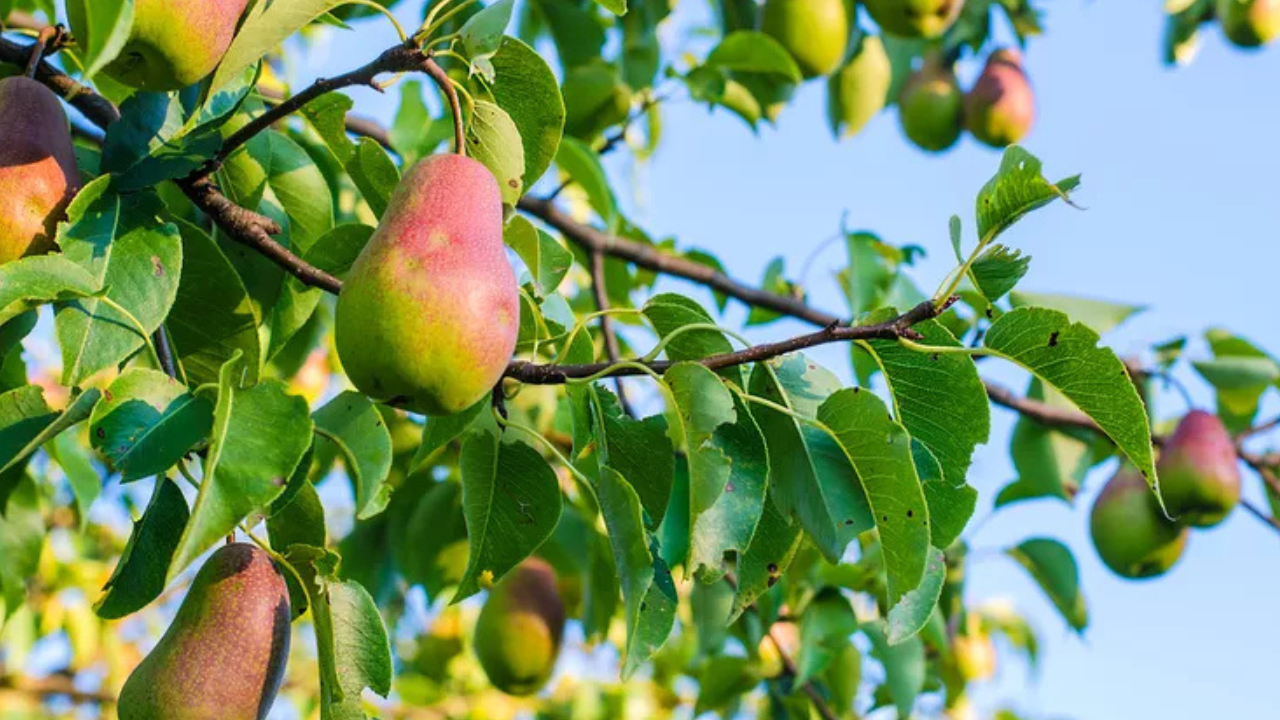The world of pears extends far beyond the familiar Bartlett or Anjou. Hidden gems are waiting to be discovered—varieties that offer surprising flavors and textures, captivating food lovers and growers alike. Among these rising stars is the Navigator Pear, a standout cultivar earning well-deserved attention for its exceptional eating quality and intriguing characteristics. Whether you’re a culinary enthusiast, home gardener, or chef seeking standout ingredients, this guide will help you navigate everything you need to know about this remarkable fruit.
What Exactly Is the Navigator Pear?
Unlike heirloom varieties with centuries of cultivation, the Navigator Pear is a more recent creation—likely bred through modern programs focused on flavor, resilience, and structure. While its exact lineage may be proprietary, its impressive traits speak volumes.
This pear typically features a medium to large size with a classic pear shape, sometimes slightly elongated. Its skin is smooth and thin, with a vibrant golden-yellow to greenish base often overlaid with a warm russet blush or reddish-orange flush when fully ripe. A sturdy, well-attached stem completes its attractive appearance.
Beneath the skin lies the true magic. A ripe Navigator Pear delivers a crisp, juicy bite that transitions to a melting, velvety texture as it ripens. Its flavor is rich and layered—sweet with balanced acidity, notes of honey and florals, and hints of warm spice reminiscent of cinnamon or nutmeg. Compared to Comice, it has more structure; it surpasses Bosc in juiciness and brings more complexity than the popular Bartlett.
A Culinary Compass: Flavor Profile and Uses
With its sweet-spicy balance and versatile texture, the Navigator Pear excels in the kitchen:
- Fresh Eating: Ideal for snacking or enjoying chilled. Its firm texture holds beautifully when sliced for fruit platters or cheese boards.
- Cheese Pairings: Pairs well with sharp cheddar, creamy Gorgonzola, nutty Gruyère, or tangy goat cheese.
- Salads: Adds crisp sweetness to green or grain salads, especially with arugula, nuts, and blue cheese.
- Baking: Holds its shape when cooked—perfect for tarts, galettes, crisps, and poaching. Baking enhances its layered flavors.
- Preserves & Chutneys: Excellent for jams, butters, and chutneys. Its natural spice tones elevate savory applications, especially alongside meats or cheeses.
Charting the Course: How to Grow Navigator Pears
Thinking of growing your own? Here’s how to succeed with this rewarding variety:
- Climate: The Navigator Pear requires 500–800 chilling hours below 45°F (7°C) and grows best in USDA Zones 5–8. Choose regions with cool winters and warm, dry summers. Spring frost protection may be necessary.
- Soil: Needs well-drained loamy soil with a pH of 6.0–7.0. Amend clay-heavy soil with compost and ensure good drainage.
- Sunlight: Full sun (6–8 hours daily) is essential for healthy growth and fruiting.
- Pollination: This variety is not self-fertile. Plant a compatible pollinator like Bartlett, Bosc, D’Anjou, Seckel, or Moonglow nearby.
- Planting: Plant bare-root trees in late winter or early spring. For container-grown trees, spring or fall works best. Ensure the graft union stays 2–4 inches above soil level. Space standard trees 18–25 ft apart, semi-dwarf 12–15 ft, and dwarf 8–10 ft.
- Watering: Water deeply, especially in dry periods and early growth years. Use mulch to retain moisture and reduce weeds.
- Pruning: Train to an open-center or modified central leader form. Prune annually during dormancy to improve airflow and sunlight exposure.
- Fertilizing: Apply balanced fertilizer (10-10-10) in spring, based on soil test recommendations. Avoid overusing nitrogen.
- Pest & Disease Management:
- Fire Blight: A serious bacterial disease. The Navigator Pear is often noted for good resistance. Prune infected limbs and use resistant varieties.
- Pear Psylla: Manage with dormant oil sprays or insecticidal soap.
- Codling Moth: Use pheromone traps and consider targeted insecticides.
- Scab: A fungal disease managed through proper pruning and fungicide use in wet climates.
- Fire Blight: A serious bacterial disease. The Navigator Pear is often noted for good resistance. Prune infected limbs and use resistant varieties.
- Harvesting: Pears are typically picked in September–October. Harvest while firm, when the skin lightens and the fruit twists off easily. Ripen indoors at room temperature. Store in a cool (30–35°F / -1 to 2°C), humid space for weeks or months.
Where to Find Navigator Pear
This variety might take a bit of effort to locate, but it’s worth the search:
- Farmers Markets & Specialty Stores: Found seasonally in pear-growing regions, especially during fall.
- Online Nurseries: Order trees from reputable sources like Raintree Nursery, Stark Bro’s, or Burnt Ridge Nursery.
- Gourmet Produce Distributors: Some mail-order companies may offer fruit during peak season.
- Orchards & Co-ops: Local orchards with heirloom collections may offer scion wood or fruit. Joining a cooperative can provide access to rare cultivars.
Why Set Sail with the Navigator Pear?
What sets this pear apart from others?
- Exceptional Flavor: Balanced sweetness, acidity, and spice make it unique.
- Versatile Texture: Crisp yet melt-in-your-mouth quality—perfect fresh or cooked.
- Culinary Flexibility: Thrives in both savory and sweet applications.
- Strong Storage Potential: Keeps well under the right conditions.
- Reliable Growth: Offers disease resistance and strong yields.
- Uncommon Appeal: Great choice for gardeners or chefs wanting something special.
Final Thoughts
The Navigator Pear isn’t just another variety—it’s a flavorful journey waiting to be explored. From its standout taste to its cultivation potential, this pear brings excitement to both kitchens and orchards. Whether you’re looking for something new to grow or simply want a pear that delivers on all fronts, the Navigator Pear is a destination worth exploring. Plant it, taste it, and let it guide your culinary adventures.
Frequently Asked Questions (FAQs)
Is the Navigator Pear genetically modified?
No, it is a hybrid developed through traditional breeding—not a GMO.
Can it grow in small spaces or containers?
Yes! Dwarf trees can thrive in large pots with proper drainage and care. Espalier training is also a great option.
How long before it bears fruit?
- Dwarf: 2–4 years
- Semi-dwarf: 4–6 years
- Standard: 6–10 years
When is the best time to plant?
Plant during dormancy—late winter or early spring for bare-root trees; early spring or fall for container trees.




